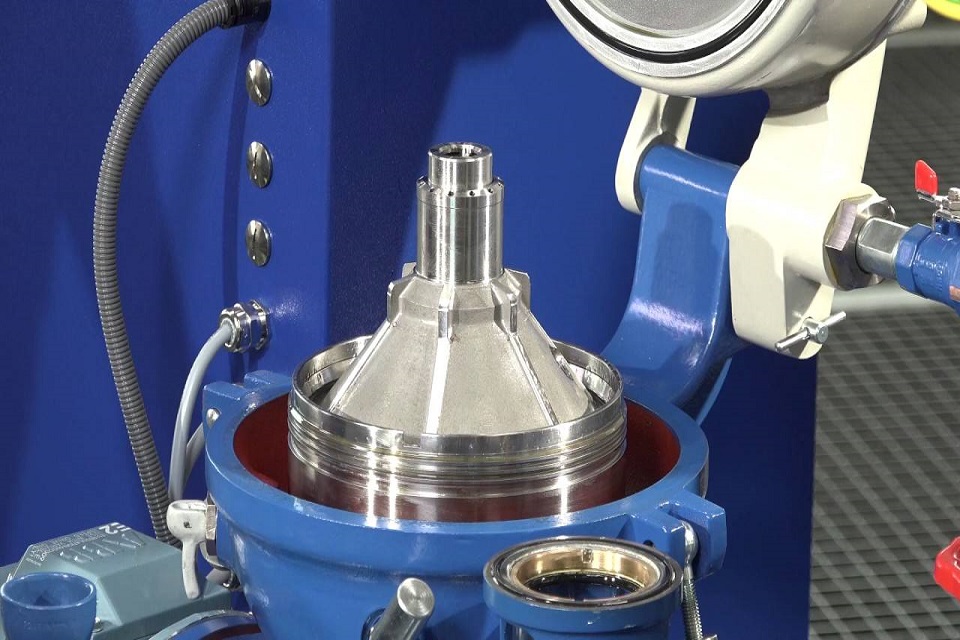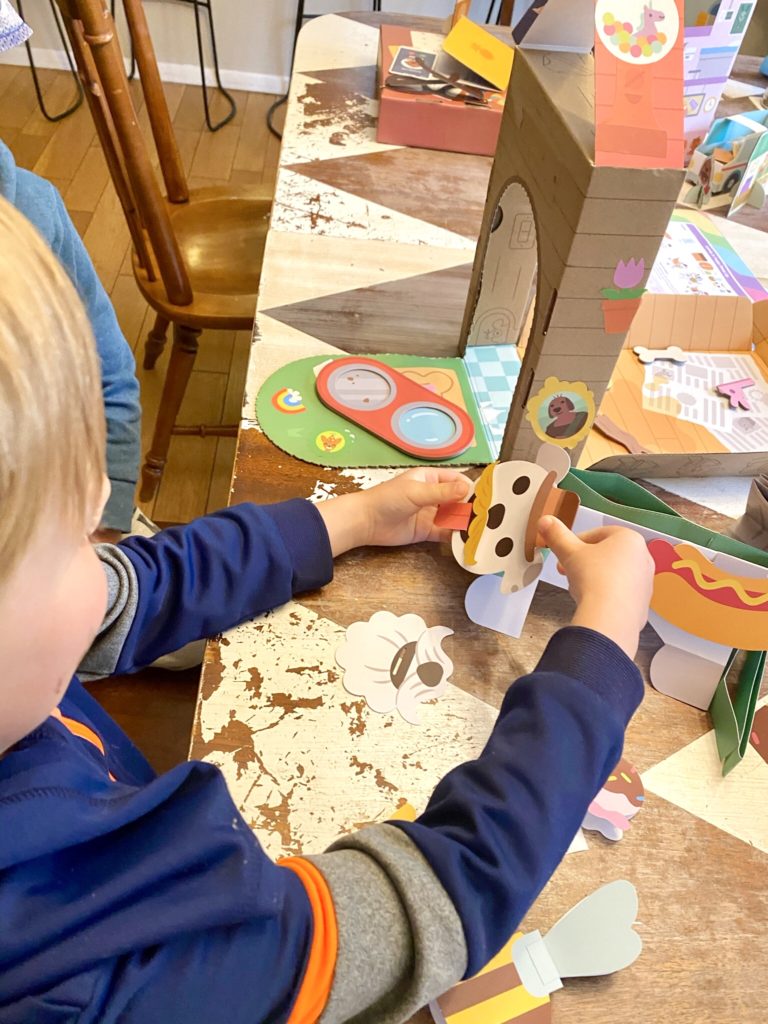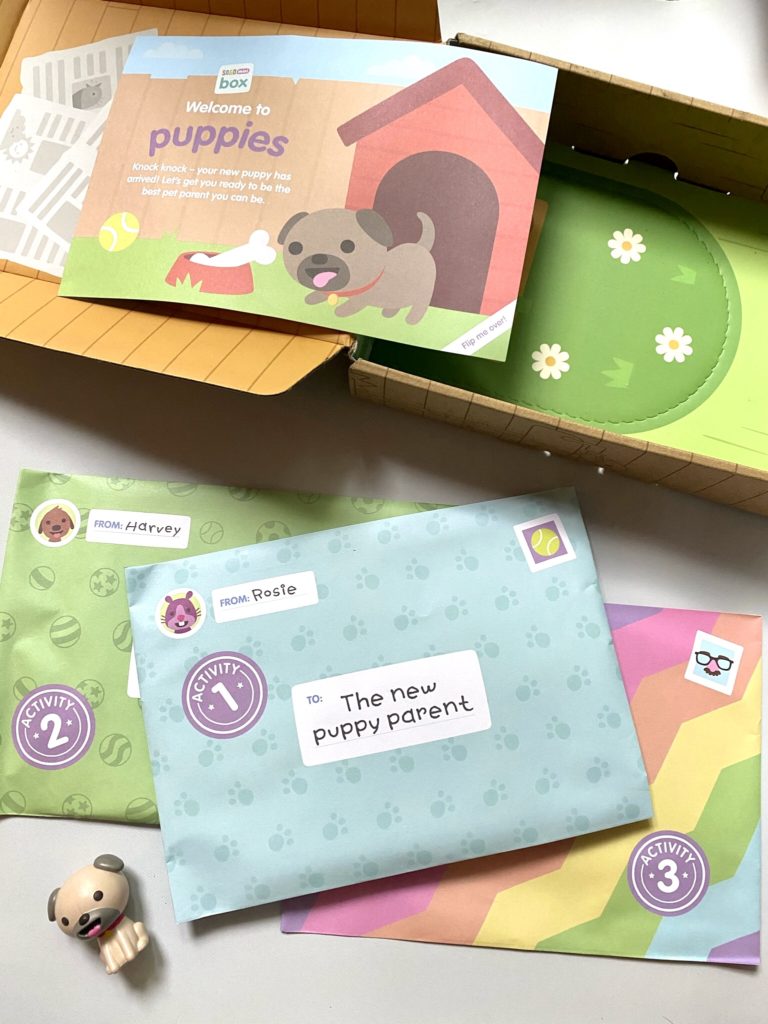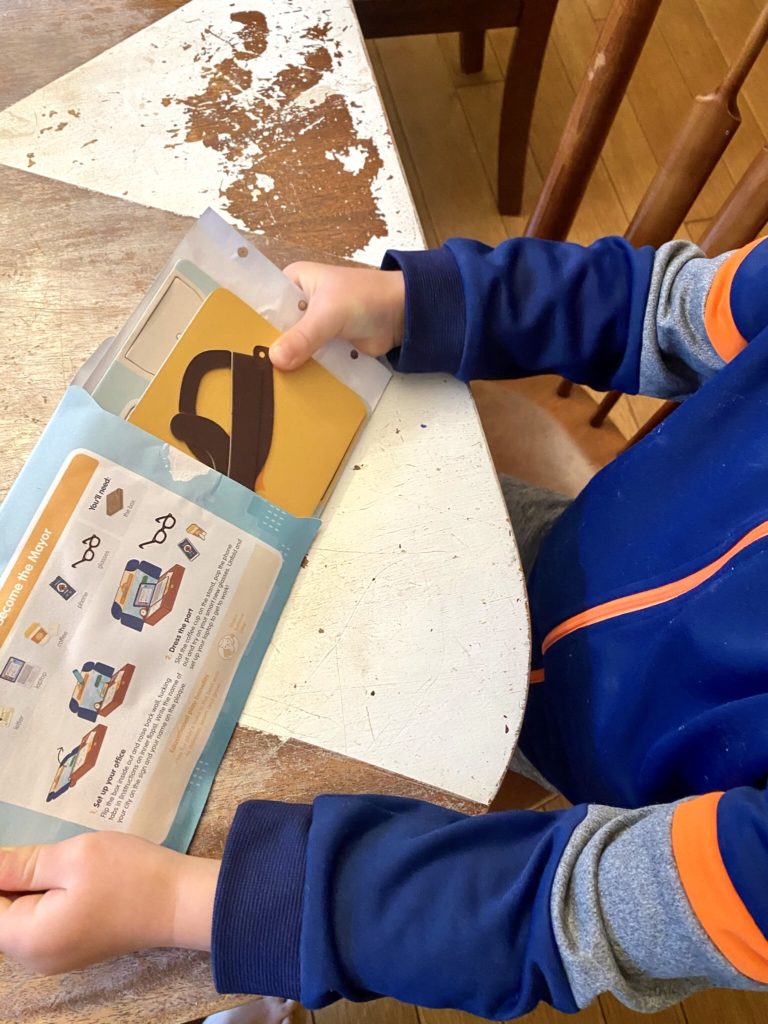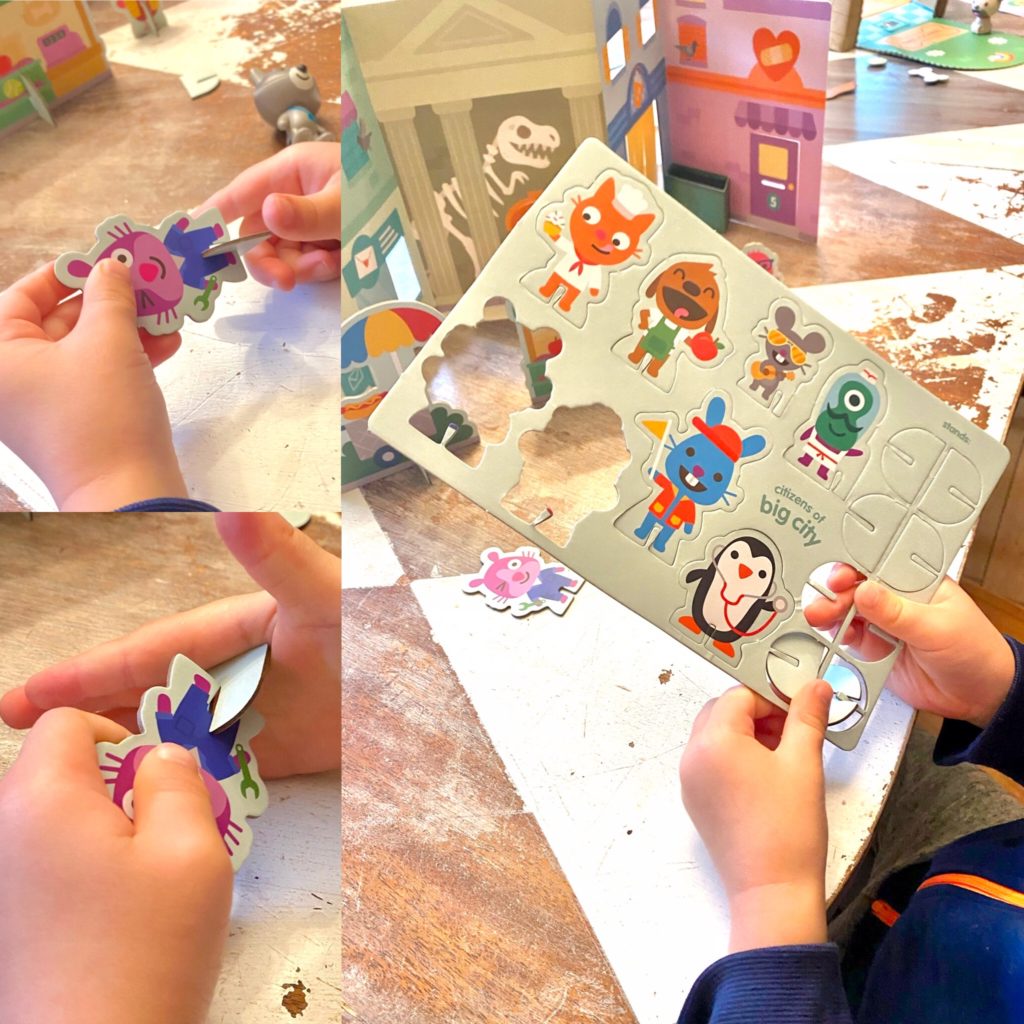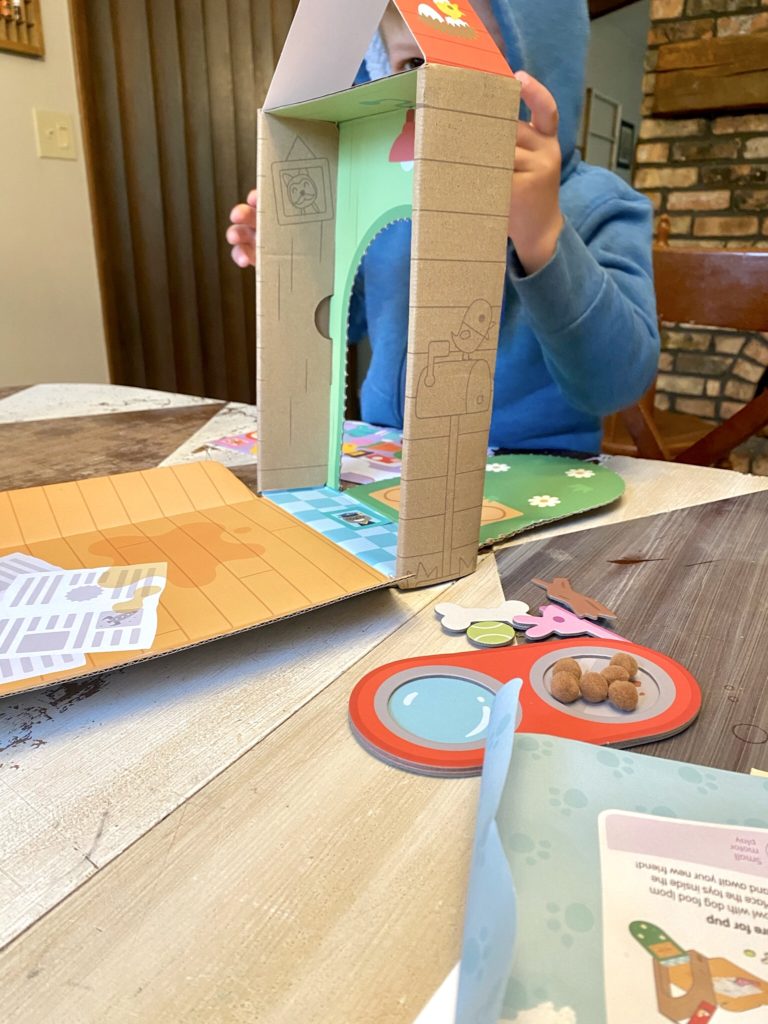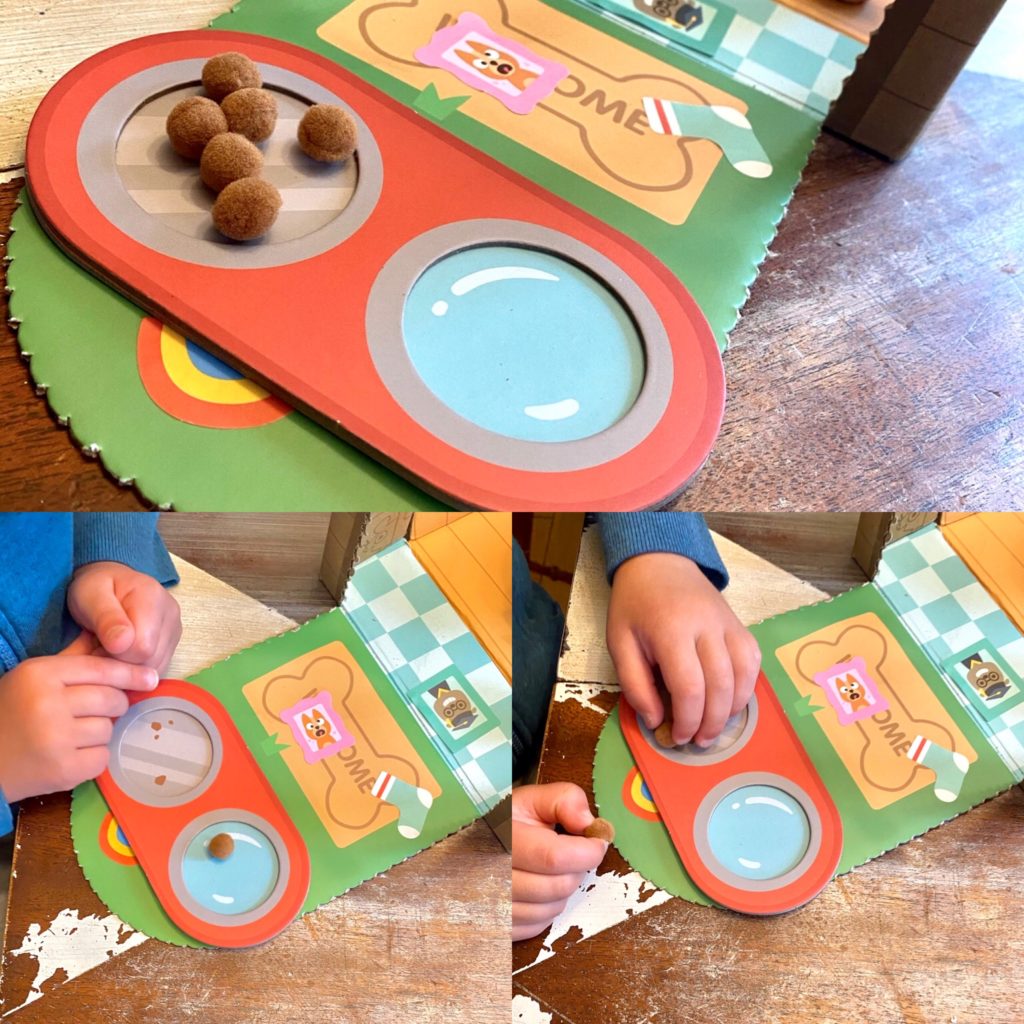
We all want to be financially in control of our own lives. This can help to ensure that not only do we lead a good quality of life, but that we enjoy ourselves too. When you slip into debt, you can start to struggle and overwork yourself in a bid to get out of it. Instead of finding yourself in this situation, good money management can help you to avoid it. Planning ahead is also key when managing your money – you don’t know what you’re going to need in 10-20 years, so it’s better to save as much as you can. You might not even be around in 10-20 years, which is when you should use an Estate Planning Attorney to get your finances in order for when you’re gone. Here’s some more information that could help you along the way in this journey!
Clearing Debts
If you already have debt, you will be able to clear it in some way. The best approach will depend entirely on the amount of money you owe out and the amount of money you are bringing in. Many people may look towards debt consolidation offered by the likes of York Credit Services which can help them clear out existing debts with high interest amounts. Consulting with experts from such a company may help you get some much-needed advice as well as financial help, and consequently, relief from your existing debts. The following steps should help you to clear debts as quickly as possible.
- Start spending within your disposable income
- Attribute a portion of your disposable income to clearing debts
- Balance transfer to lower interest cards or accounts – you can learn about Balance Transfer Credit Cards here
- Take out a low interest loan to consolidate your debts and pay them back at a lower rate over time
If you find that you simply can’t earn enough to clear your debt, you may want to talk to a bankruptcy lawyer to discuss your options for debt relief.
Create a Budget
No matter who you are, how much you earn, or what you like to spend, a budget will allow you to ensure that you don’t overspend and sink into debt. In fact, a profoundly important step towards positive money management is to create a budget. It’s a valuable life skill that can make all the difference not only to your financial wellbeing but your mental and emotional health too. Now, creating a budget is a relatively simple process. The steps below should get you off to a good start!
- Work Out Your Total Tax – don’t make the mistake of assuming your salary is the amount of money you take home. Most countries have essential contributions and deductions, such as tax or national insurance, that will be taken from your wages before they make their way to you. Use a take-home pay calculator to see how much you have available to spend each month. If you are confused about federal tax payments, there are resources such as My Tax Settlement to help you with the calculations. Remember, back taxes can accumulate quickly, so always be wary of them.
.
- Deduct Essentials – we all have to pay certain things to live a decent quality of life. These tend to include rent or mortgage payments, electric, gas and water payments, car payments, phone payments, internet payments and more. Make sure to deduct these costs from your take home pay.
- Manage Your Disposable Income – the sum you’re left with after deducting tax and essential costs is known as your disposable income. This is the money you have available to spend as you please. Make sure you don’t exceed this figure when spending each month and you should stay above water and stay out of debt.
Of course, there are other habits and tactics that can further aid your money management. But the information outlined above is a great place to start out!

